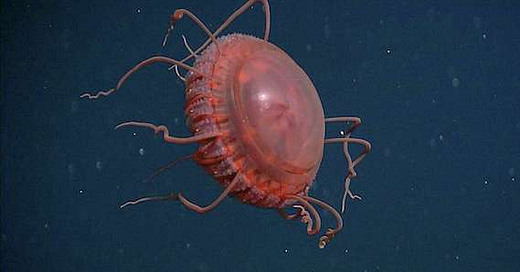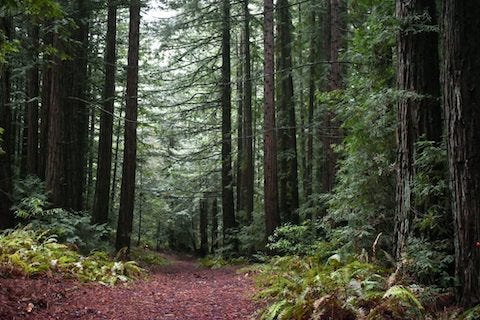This Week on the Central Coast
STEM Talks at MPC, Protecting the Santa Cruz Redwoods, and a new species of jellyfish
MPC launched a STEM Talks Series
The series of events was made possible by a $4 million grant from the Hispanic-Serving Institutions STEM and Articulation program to increase opportunities for underrepresented students. The acronym, STEM, refers to classes in science, technology, engineering, and math. In addition to inviting speakers to the school, the grant also allows MPC to “offer statistics, calculus, and pre-calculus classes in a bilingual Spanish/English format” and bilingual tutors will be available for challenging STEM courses.
The first STEM Talks presenter will be Dr. Nicole Madfis. Her speech, titled “The Only One in the Room”, is about the challenges she has faced as a minority woman in STEM.
“The speaker series is free and open to the community. Those interested can attend the Monterey campus or virtually on Zoom. For more information about the series and Madfis’ presentation, visit MPC’s website.
Local teams are working to help protect the Santa Cruz redwoods from more fires.
Two local teams, Save the Redwoods Leage and Peninsula Open Space Trust, are taking measures to help protect the redwoods of Santa Cruz from burning up, especially after the destruction seen after the CZU Lightning Fire. Redwoods are naturally fire-resilient and have been reemerging after the disaster.
To help prevent another large-scale fire, the teams have started thinning out the underbrush at the base of the trees. The idea is to create “fuel-breaks” which will slow advancing flames. Clearing out these small branches also allows crews to perform regular prescribed burns to keep the forest’s fire-fuel low. The teams are also helping by replanting seedlings.
MBARI discovered a new species of jellyfish
The new jelly is called Atolla reynoldsi (named after the first Monterey Bay Aquarium volunteer, Jeff Reynolds) and is believed to only live in the Monterey Bay. The creature has anywhere from 26 to 39 tentacles and lives between 3,000 feet and 10,000 feet below the surface. Though they are only about five inches in diameter, they are still one of the largest jellyfish in the Atolla family.
MBARI created a video documenting the discovery and many other amazing deep-sea species.
The discovery is nothing new coming from the MBARI, which has named over 225 new species over the last 34 years.






